Samick Town (삼익패션타운)
2.8Km 2024-01-23
Namdaemunsijang 8-gil 7, Jung-gu, Seúl.
The Plaza (더 플라자)
2.8Km 2025-06-04
119, Sogong-ro, Jung-gu, Seoul
The hotel is ideally situated in the center of Seoul, located close to many office areas, major banks, the hotel, and the city's main public transportation junctions. Namdaemun Gate and many shopping areas are not too far, making it convenient for business guests and tourists alike. Also, the hotel faces the Blue House and the former City Hall building directly at closer distance, completing a spectacular view over Seoul.
Plaza de Seúl (서울광장)
2.8Km 2025-05-23
Sejong-daero 110, Jung-gu, Seúl.
Fundado en 1926, el antiguo edificio del Ayuntamiento de Seúl es de piedra, de estilo renacentista. La plaza delante del Ayuntamiento es un sitio histórico donde se realizaron el Movimiento de Independencia de 1919 (Samil) y el movimiento de pro-democracia en junio de 1987. Es también un lugar conocido porque, durante la Copa Mundial de Fútbol de 2002, decenas de miles de admiradores del seleccionado nacional se congregaron para aclamarlo. Esta plaza de hierba oval delante del Ayuntamiento de Seúl, reestablecida en 2004, es usada como un lugar para sostener varios acontecimientos y festivales culturales, y es para el disfrute por muchos seulitas. Como atracción de la Plaza de Seúl está la fuente de agua del piso. Las 48 luces de piso a lo largo de la plaza de hierba y una especie de reloj externo de la pared son otros rasgos distintivos de la Plaza.
Pista de Patinaje de la Plaza de Seúl (서울광장 스케이트장)
2.8Km 2021-05-27
Sejong-daero 110, Jung-gu, Seúl
En invierno, la Plaza de Seúl, frente al Ayuntamiento de la ciudad, se convierte en un complejo de pistas de patinaje sobre hielo. Tiene tres pistas de distinto tamaño y una pista de trineo sobre hielo. Una de las grandes atracciones del lugar es que posibilita apreciar todo el paisaje completo de la plaza y presenta varios eventos y espectáculos culturales.
Paseos en Calesa Artee (아띠인력거)
2.8Km 2022-09-15
Bukchon-ro 5-gil 43, Jongno-gu, Seúl.
Reconocidos como los barrios más tradicionales de Seúl, Samcheong-dong y la Aldea Tradicional de Bukchon se destacan por las diversas atracciones que ofrecen a los turistas. En cada callejón se esconde algo interesante para ver. Sacar fotos de recuerdo es una manera de llevarse parte del encanto de estos barrios. En este entorno se realiza un programa de paseos en calesa que ofrece la empresa Artee. Existen diferentes rutas para elegir, y lo más interesante es la conversación que puede darse con el conductor, que hace comentarios divertidos en inglés sobre los lugares recorridos.
Myeongdong Jjukkumi (명동쭈꾸미)
2.8Km 2025-10-23
3-28, Toegye-ro 6-gil, Jung-gu, Seoul
Bokidang (복이당)
2.8Km 2025-09-16
3-28, Toegye-ro 6-gil, Jung-gu, Seoul
K-POP Cover Dance Festival World Final (K-POP 커버댄스 페스티벌 월드 파이널)
2.8Km 2025-10-23
Sejong-daero 110, Jung-gu, Seúl
02-2000-9324
Festival de Arte Callejero de Seúl (서울거리예술축제)
2.8Km 2025-10-23
Taepyeong-ro 1-ga 1, Jung-gu, Seúl.
02-2088-4957
El Festival de Arte Callejero de Seúl se realiza en las principales plazas y espacios culturales que conectan las grandes calles y avenidas de Seúl. Diferentes manifestaciones artísticas callejeras encuentran un lugar de expresión en este festival. Desde el año 2003 se celebraba bajo el nombre de Festival Hi Seoul, pero en 2016 cambió por su actual denominación.
Mercado Yangnyeongsi de Hierbas Medicinales de Seúl (서울 약령시장)
2.8Km 2024-02-01
Yangnyeong Jungang-ro 10, Dongdaemun-gu, Seúl.

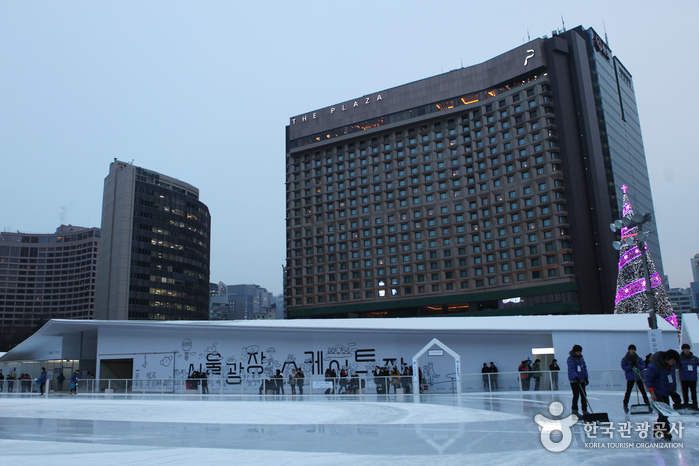
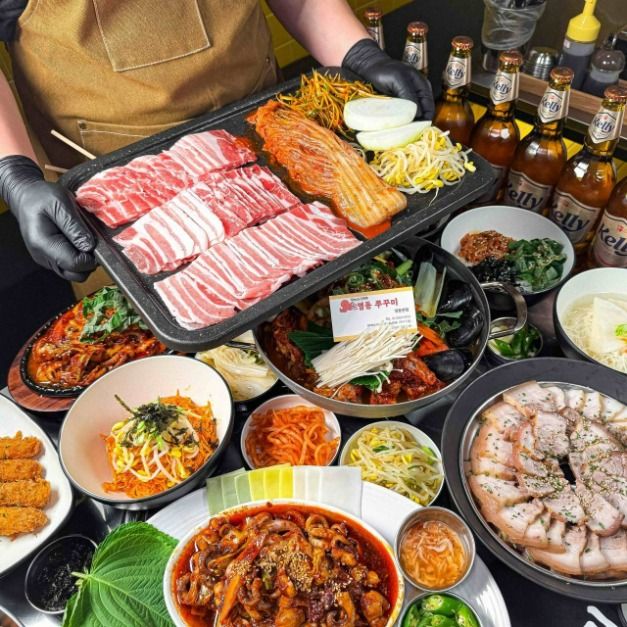
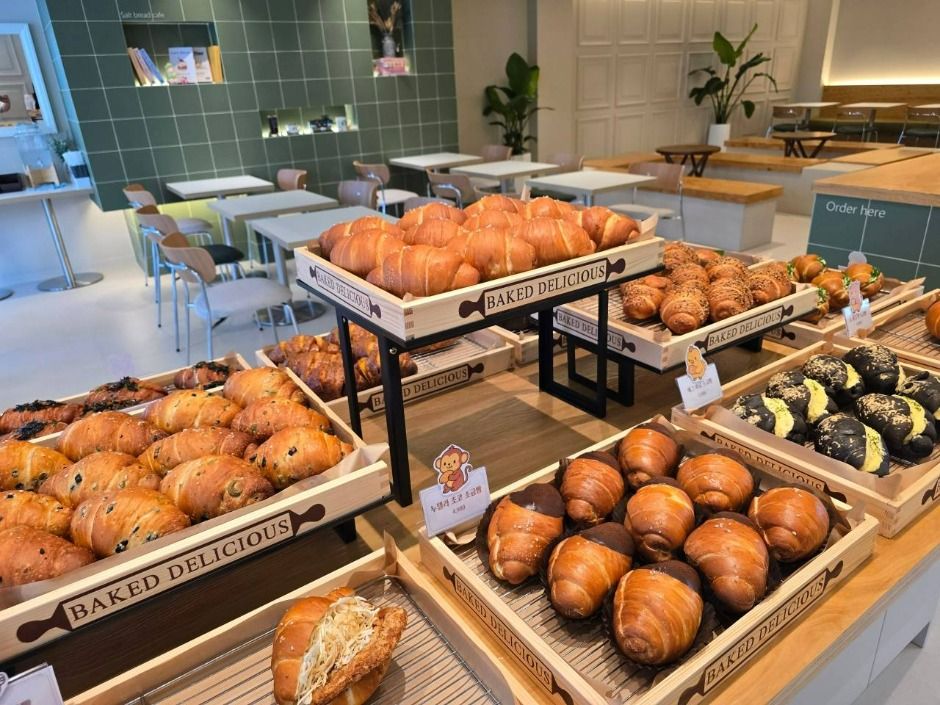
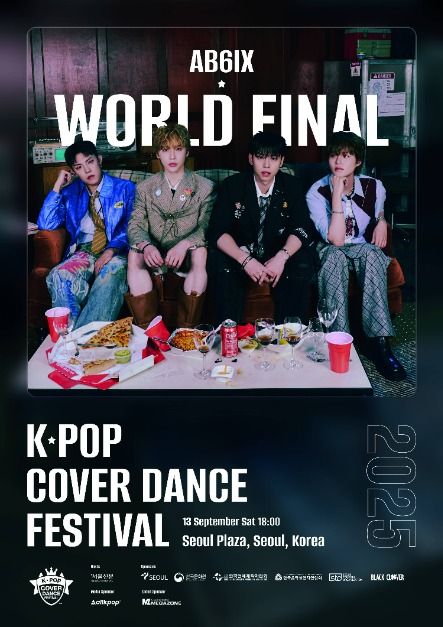
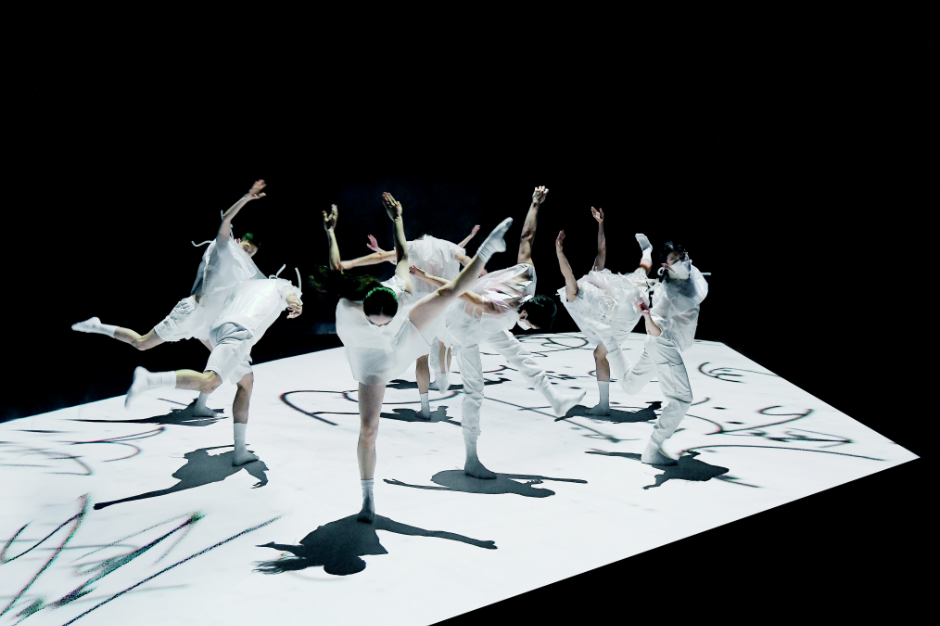
 Español
Español
 한국어
한국어 English
English 日本語
日本語 中文(简体)
中文(简体) Deutsch
Deutsch Français
Français Русский
Русский